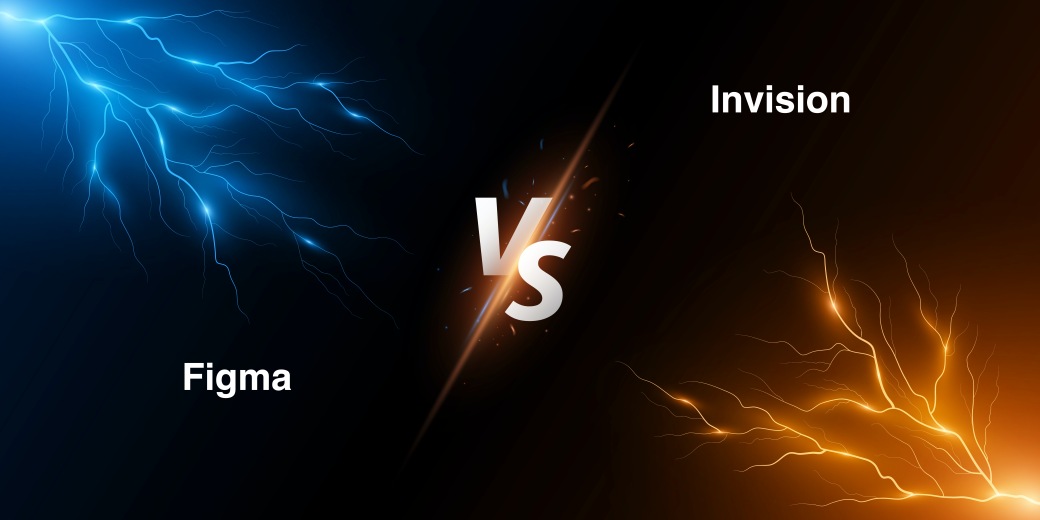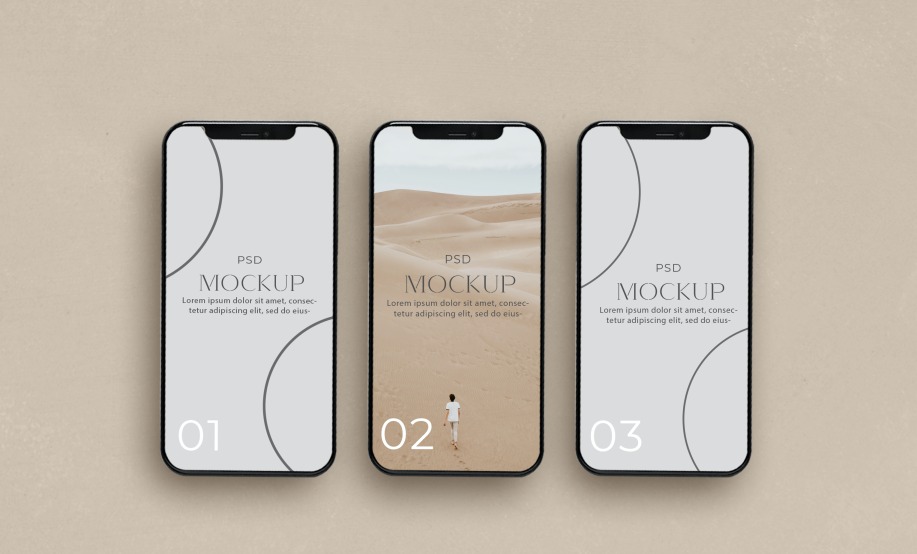A business owner must have the right tool to create a high-quality website and user experience (UX). But with so many web design platforms on the market today, it can be difficult to decide which is the best option for you. That’s why we’ve decided to break down two popular solutions – Figma and InVision – to help you understand what sets these platforms apart and make an informed decision when choosing a UX tool for your business. We’ll dive into their features, pricing options, integrations, and much more so that by the end of this post, you’ll have all the information necessary to make an educated choice between Invision vs Figma.
What is Figma?
Figma is a web-based platform that allows users to design and prototype websites, apps, and other digital products. It has an intuitive interface, making it easy for anyone to create stunning visuals quickly and efficiently.
The following are its features.
Cloud Storage
Figma makes it easy for teams to store their projects in the cloud. This way, everyone involved can access their project from anywhere and at any time, allowing seamless collaboration on remote teams.
Cloud storage ensures that all files are secure and backed up, so no work is lost in an emergency. Also, Figma makes it easy to track changes to a project with its version control feature, and users can revert to previous versions if needed. This helps prevent mistakes and discrepancies between designs from different team members. The design system manager on Figma makes it efficient to manage design system components.
Advanced Design Tools
Figma provides users with powerful and advanced photo editing features to create stunning visuals. These include shape and vector editing tools, image manipulation capabilities, the ability to group objects for easy organization, and text formatting options. Figma’s smart layout feature helps ensure all design components are aligned properly for a professional and polished look.
And with the ability to customize and animate elements, your designs can stand out and make an impact. Suppose you want to take your designs to the next level. In that case, Figma also offers advanced design tools like constraint-based layouts and components, which make it easy to create complex designs that look great on any size screen.
Collaboration Features / Real-time Collaboration
Figma makes it easy for teams to collaborate in real-time on the same project at once. Figma allows users to easily share their ideas and quickly make changes with others by setting up a space where everyone involved can contribute. This way, design decisions can be made much faster than if each user had to work individually.
The UI design tools are also easy to understand and use, so even people without technical knowledge can quickly get up to speed. Suppose you want to make changes to the design. In that case, you can do it collaboratively with your team members with just a click. The design tool is regularly updated with new features to make collaboration even more efficient.
Figma also provides various collaboration tools to help teams work better together. This includes assigning tasks, commenting on designs, leaving feedback, and saving project versions. The version control feature also helps keep track of changes over time and ensures everyone is on the same page.
Figma’s built-in chat feature makes it easy to discuss ideas and make decisions quickly. And with its integration with popular services like Slack, Jira, and Trello, teams can easily link their Figma projects to other tools they use regularly. This helps streamline the design process and makes it easier for everyone involved to stay on top of changes and progress.
Affordable Pricing
Figma is also affordable and offers different subscription plans to suit various budgets. Figma provides a free version that still includes all the essential features needed to create professional designs.
This makes it easy for teams of all sizes to start making their products look great without breaking the bank. And if you need more advanced features, Figma also offers more custom plans with additional tools and services. With its variety of options, Figma is an excellent choice for designers looking to make their designs look great without spending a fortune.
Do you want to elevate your design game with Figma or Invision?
Contact Growth Hackers
What is InVision?
InVision is a cloud-based design and prototyping tool that enables designers to collaborate on projects quickly and easily. It allows developers to create, review, and manage interactive prototypes of mobile apps and websites, as well as wireframes, visual designs, and mockups.
Let’s dive into its features.
Design Handoff
Design Handoff enables seamless collaboration between design and development teams by allowing developers to access all the necessary files and specs to turn designs into code. Designers can share annotated designs with developers that highlight exactly what needs to be implemented, while developers can easily access assets from a central repository.
Additionally, InVision’s Design Handoff tool provides developers with a single source of truth by allowing them to keep all files up-to-date and organized. In the design tools comparison, Design Handoff is one of the major advantages of using InVision.
Inspect Mode
InVision’s Inspect Mode allows designers and developers to inspect any element within their designs, including images, colors, fonts, measurements, and more. This is especially useful for designers who often have to review feedback from multiple stakeholders, as it allows them to quickly check for any changes that need to be made. Inspect Mode also makes it easy for developers to access the exact specs they need to build a UI component correctly, saving both time and effort. The comparison of graphic design tools shows that Inspect Mode is a great feature when working with InVision. Inspect Mode is an invaluable addition for UI designers looking to speed up their workflow.
Collaboration
InVision’s collaboration features let teams easily communicate their feedback on designs and review changes in real-time. It offers a range of options for commenting and marking up designs, including text comments, voice notes, drawing tools, and more.
This allows all stakeholders to stay up-to-date with the latest design version and ensure everyone is on the same page regarding feedback and changes.
Additionally, InVision provides a range of project management tools, such as task boards and comment threads, making it easy for teams to stay organized.
Prototyping / MockUps
InVision’s Prototyping features allow teams to create interactive mockups of their designs with just a few clicks. Designers can easily preview the look and feel of their product, while developers can test out UX flows or UI components.
InVision also provides various collaboration tools that make it easy for teams to review and share their work, including collaborative editing, in-app video calls, and live previews. This makes it easy for stakeholders to get an accurate picture of the product before its release.
Like in the InVision studio, you can create quick prototypes to get feedback from stakeholders using components and animation.
Central Hub for Projects
When it comes to project management, InVision is a great choice. It offers a unified platform that allows teams to store and organize all their designs and assets in one place. This makes it easy for everyone on the team to stay up-to-date with the latest project version and access relevant files whenever needed. It also allows users to collaborate on projects in real time and get feedback from other stakeholders. If you want to review a design, you can easily assign tasks to other team members and ensure they are completed on time.
Don’t settle for mediocre design – try Figma or InVision today and design like a pro.
What are the Similarities Between Figma and InVision?
Although Figma and InVision are both design and prototyping tools, they have some similarities. First, both tools offer a range of collaboration features that make it easy for stakeholders to get feedback on designs and review changes in real-time.
Suppose you’re working with a remote team. In that case, both Figma and InVision allow you to share designs securely through the cloud, which makes it easy to remain connected with your collaborators no matter where they are located.
In addition, both tools offer an array of features that make design and prototyping more efficient. For example, Figma and InVision have an array of tools that allow you to quickly import, edit, and share design assets. As you collect feedback from stakeholders, you can easily incorporate their feedback into your designs.
Furthermore, both tools also offer libraries where you can store colors, typography palettes, custom icons, shapes, components, etc., making it easy to reuse elements in multiple projects.
Regarding integrations with other popular software products like Sketch or Adobe XD, communication platforms such as Slack or Microsoft Teams are available on both Figma and InVision. This makes it even easier for teams to collaborate without switching between different applications while still getting access to all the needed features. The UX tools can run user tests and evaluate designs, such as A/B testing or usability studies.
Finally, both Figma and InVision also offer a range of pricing plans which cater to different needs and budgets. Whether it’s a freelancer, a small team, or a larger organization – there is an option to suit everyone.
Figma and InVision are powerful design and prototyping tools that offer collaboration features, powerful editing capabilities, libraries for asset reuse, and integrations with many popular software products. Both platforms have unique benefits, so it’s ultimately up to you to decide which is the best for your needs. Both are top prototyping tool options and can be used to create stunning designs, so it’s worth looking into both.
What are the Differences Between Figma and InVision?
Figma and InVision are excellent design and prototyping tools, but they also differ. First of all, Figma is primarily a web-based platform, whereas InVision is available as both a web-based and desktop solution. If you need to work on the move or offline, InVision is the better option.
In terms of functionality, Figma has a range of features that make it particularly well-suited to designing user interfaces (UIs). It offers wireframing and prototyping capabilities and a component library that allows you to quickly create and reuse design elements.
On the other hand, InVision focuses more on visuals – specifically mockups and interactive prototypes – making it ideal for creating high-fidelity visuals and testing out animations.
Regarding collaboration, both tools have similar features, such as commenting and real-time feedback. However, Figma also offers project spaces that allow teams to work together in one place and instantly see changes others are making in real-time.
InVision also has a feature called ‘Inspect,’ which allows designers to quickly access detailed information about assets, copy/paste between files, making it easier to customize designs and adopt a data-driven UX design approach.
Finally, Figma is free for personal use with limited features, whereas InVision offers a range of pricing plans starting from a free version. If you only need basic functionality, you can save money using Figma.
Final Words on Figma vs Invision Comparison
Comparing Figma vs. Invision is tricky, as both tools are highly efficient and offer great value to their users. Depending on your budget, skill level, and the kind of projects you work on, either tool could be the right choice for you.
However, if we had to choose one winner from our comparison, it would have to be Figma. Its free plan, powerful features, and ease of use make it a great choice for both beginners and professionals. Additionally, its collaborative design feature lets you keep your team in the loop.
That being said, if you are looking for an affordable tool with advanced prototyping capabilities, Invision is a great choice. Its vast library of resources and automated tools make it an excellent option for UI/UX professionals. Ultimately, the decision between Figma vs. Invision depends entirely on your needs and preferences.
Growth Hackers is an award-winning web design agency helping businesses from all over the world grow. There is no fluff with Growth Hackers. We help entrepreneurs and business owners use Figma or InVision, increase their productivity, generate qualified leads, optimize their conversion rate, gather and analyze data analytics, acquire and retain users and increase sales. We go further than brand awareness and exposure. We make sure that the strategies we implement move the needle so your business grow, strive and succeed. If you too want your business to reach new heights, contact Growth Hackers today so we can discuss about your brand and create a custom growth plan for you. You’re just one click away to skyrocket your business.







